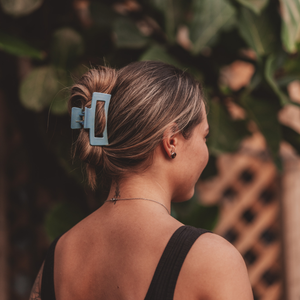Today, everyone wears them. But what we don't know is that to make a single pair of jeans, liters of water and toxic products are used. It is in fact one of the most polluting clothes to produce and we change it often even though it is durable. To fully understand its impacts, you need to know its life cycle.

The life cycle of a pair of jeans includes many stages:
- the cultivation of raw materials: cotton fibers
- spinning
- weaving
- the making
- the sale
- consumer use and maintenance
- recycling or disposal at end of life
We must also understand the impact of transport, the journeys of materials from one continent to another are responsible for a significant carbon footprint for each of the pieces we wear every day. It is estimated that a piece of denim clothing can travel up to 65,000 km before ending up in our wardrobes.
If you've ever been to a thrift store or clothing counter you know full well that they are overwhelmed by the enormous quantity of jeans available. It is therefore for all these reasons that I created a collection where recycled jeans are in the spotlight. You can discover it here:
Now that I have exposed the negative side of jeans to you, I wanted to share with you some tips for using them better. I repeat often, but the least polluting clothing remains the one that already exists. If like me you aspire to be part of the change, remember that you buy your vote. So by buying second hand you help to avoid increasing demand for textile production. On the other hand, there are more and more industries that are keen to offer a new, less polluting product, so certain jeans are considered more eco-responsible than others. It's easy to find companies that offer this alternative by searching on Google, so you can use your purchasing power for a company that uses less water or makes from recycled material.



